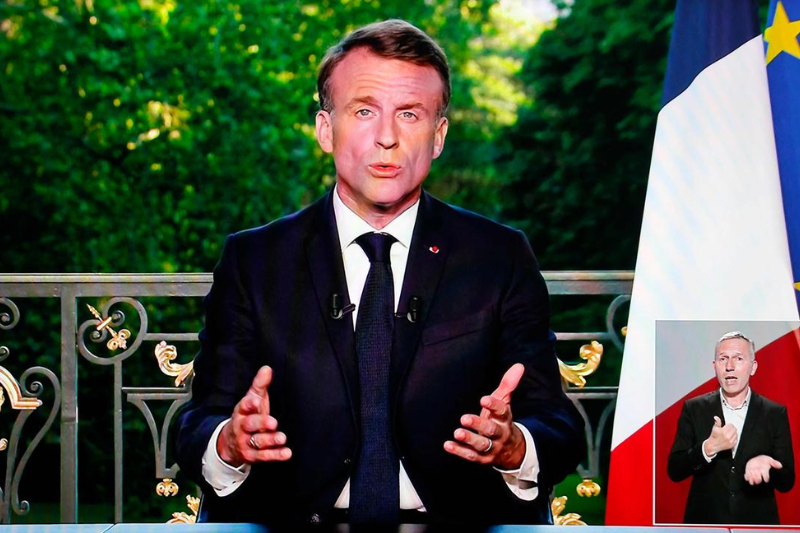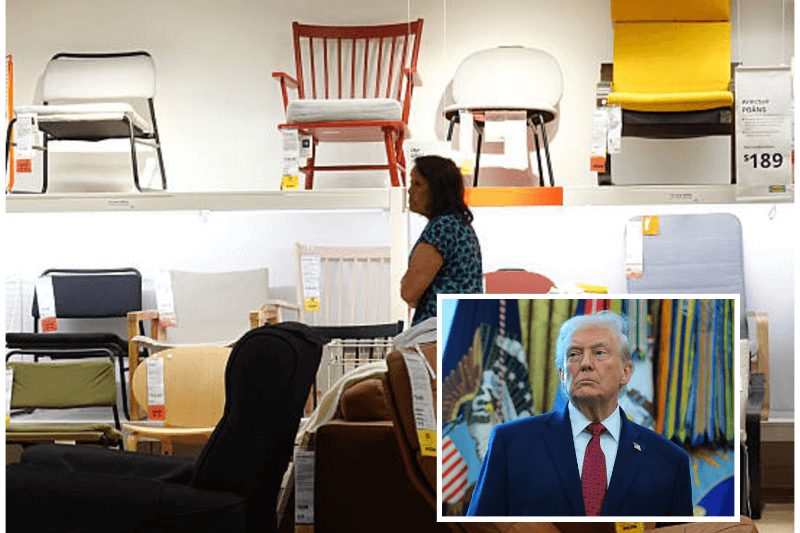
France President Macron’s Dissolution and the Rise of the ‘Popular Front’
The evening after the European elections on June 9 brought unexpected twists and turns in the political arena. First, Emmanuel Macron’s decision to dissolve the National Assembly set the stage. Then, within just 24 hours of the election results, a surprising “Popular Front” emerged, uniting major left-wing forces. This coalition was unimaginable just days earlier, considering the fierce criticisms exchanged during the campaign. The urgency became clear: the looming threat of the extreme right gaining power on June 30 and July 7 necessitated immediate action.
In the current political landscape, three distinct blocs are increasingly evident: a social-ecologist bloc on the left, a neoliberal-conservative bloc on the center-right, and a xenophobic bloc on the far right. Macron’s dissolution particularly targets the left, capitalizing on its disunity during the European elections. His strategy aims to replicate the 2022 scenario where he faced off against the National Rally in multiple constituencies. This accelerated timeline forces left-wing factions to re-establish dialogue, just months after the collapse of Nupes, an alliance forged during the 2022 legislative elections.
Nupes, often criticized as a failure, was essentially a short-term emergency measure aimed at maximizing parliamentary seats after the left’s presidential election defeat. Similarly, the new “Popular Front” appears as a broad coalition united against the credible threat of far-right dominance.
Keep Reading
Historically, similar political alignments have been rare. The 1972 common government program and the 1997 Plural Left emerged swiftly in response to political crises, but lacked a cohesive agenda. The closest parallel to today’s “Popular Front” is Nupes itself, distinguished by its strategy of fielding single candidates in the first round, rather than mere withdrawal agreements in the second.
By invoking the concept of a “Popular Front,” echoing the anti-fascist mobilization of 1936 under Léon Blum, the left underscores its unity against imminent dangers. This reference underscores the coalition’s pragmatic nature: less about ideological alignment and more about preventing the extreme right from seizing power.
Amid the urgency of impending elections, discussions among left-wing parties must focus on practical agreements rather than ideological debates. Issues like military support for Ukraine and public discourse ethics are pivotal. Despite visible differences during the European campaign, the current crisis compels most left-wing factions to prioritize common ground and temper internal conflicts, even on contentious issues like Gaza.
Negotiations, now underway ahead of the June 16 application deadline, primarily revolve around seat allocations. In 2022, Nupes distribution was based on presidential election results, with La France Insoumise leading (21.95%) over ecologists (4.63%), communists (2.28%), and socialists (1.74%). This allocation led to significant discontent and hastened the alliance’s breakdown. The recent European elections have reshuffled political dynamics without clarifying definitive outcomes. Raphaël Glucksmann’s list emerged victorious (13.83%), surpassing La France Insoumise (9.89%), yet failing to overturn Jean-Luc Mélenchon’s dominant position from 2022.
Looking ahead, financial considerations for the legislative elections loom large, given that public funding is tied to electoral performance. Political scientists note that electoral shifts directly impact party finances, setting the stage for critical negotiations influencing the 2027 presidential election. As discussions unfold, the balance of power within the left remains fluid, reflecting the evolving political landscape since the tumultuous 2017 elections.
This period of negotiation and alliance-building is pivotal, shaping the future trajectory of French politics amidst heightened uncertainties and strategic maneuvering.




